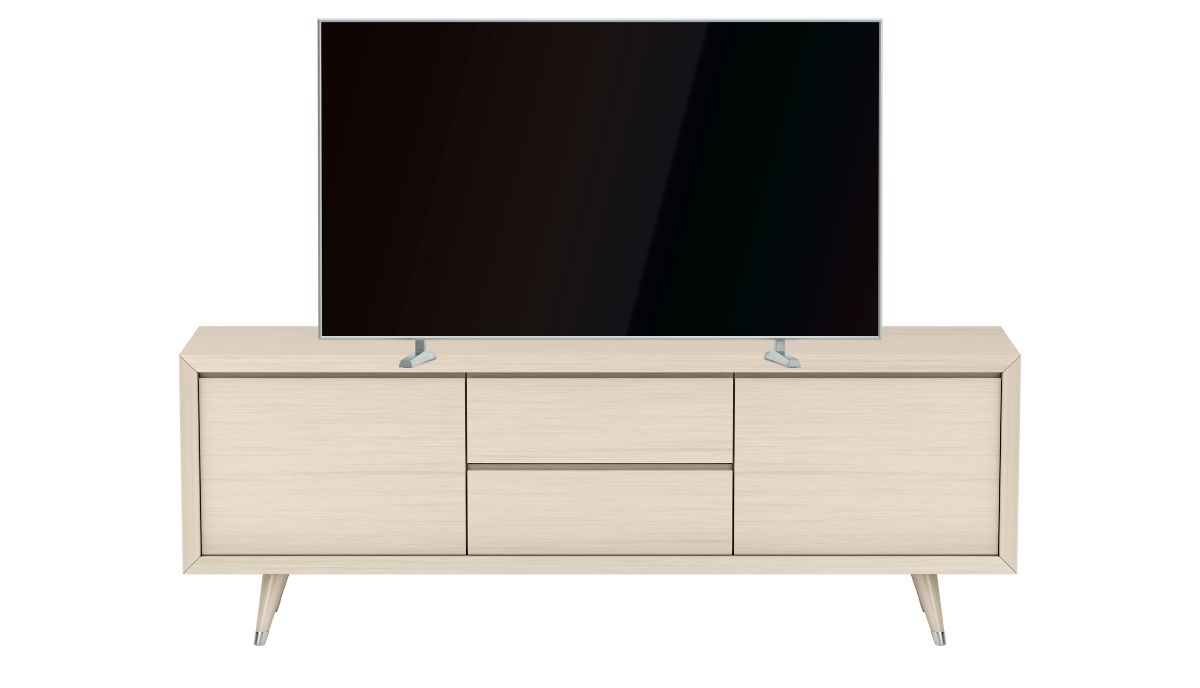According to Statista, the world had 1.72 billion TV households in 2021. But how many of those can afford a TV stand? The United Nations Conference On Trade And Development found that 34 percent of African homes earned less than $2 a day in 2021.
TVs are relatively inexpensive. Statista placed the average price of a TV at $368 (2018-2028). But CNET has a list of high-quality TVs, including a Vizio 50-inch V series and an Insignia 32-inch F20 series, which you can get for $70 or less.
While poor households can afford to buy TVs, a TV stand is an unnecessary expense for them, which is why they opt for the following alternatives:
1). Bench
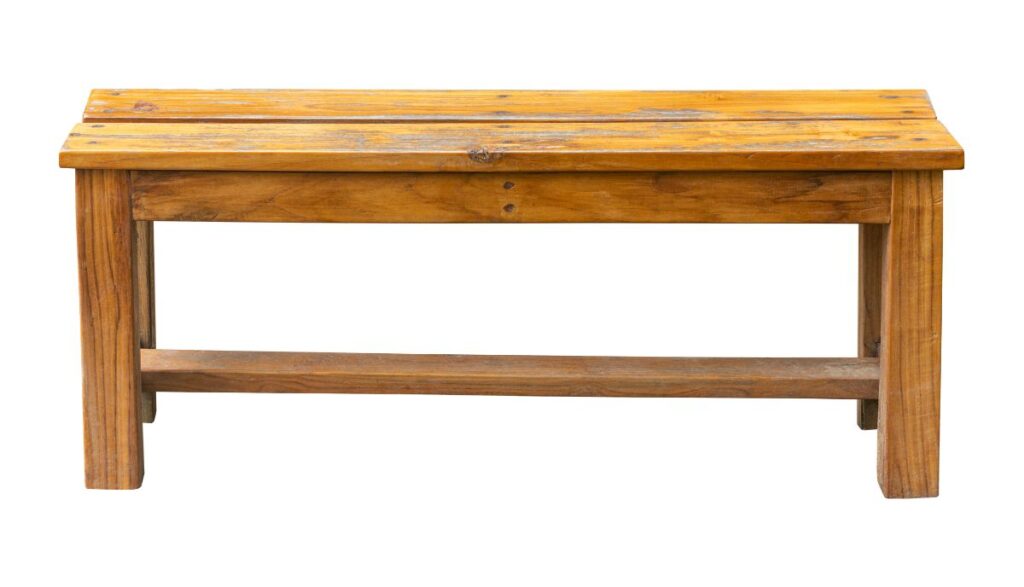
A bench sounds like a bizarre choice for a TV stand. However, benches are more reliable than dressers because they are designed to support the weight of a human being. They have sturdy legs and enough strength to hold modern lightweight TVs as well as their older, heavier CRT counterparts.
The biggest challenge is the height. Many benches are too short to hold the TV at eye level. But this is more of a mild inconvenience than a serious obstacle.
2). Dresser
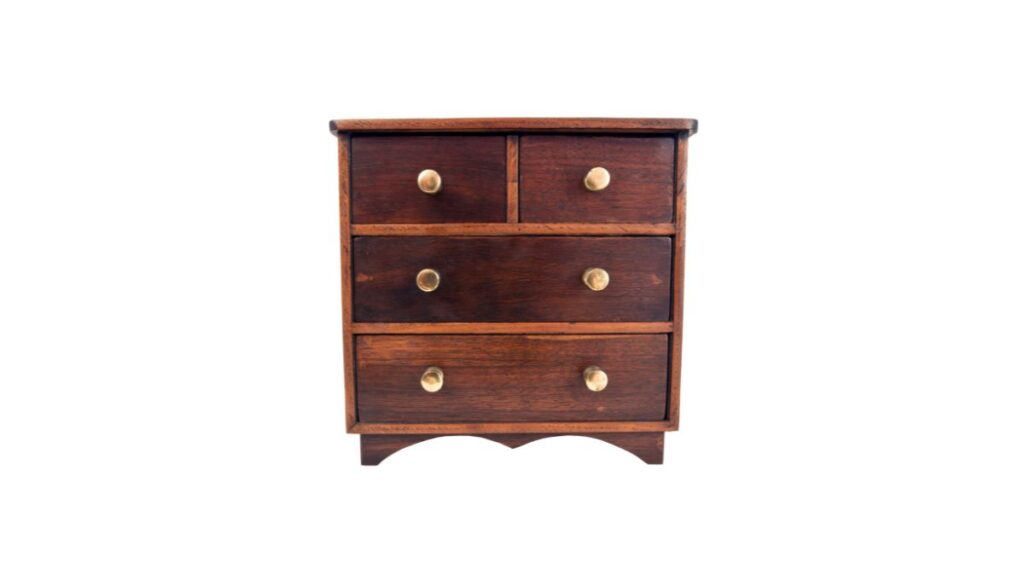
Dressers attract concern. Some of them are too frail to hold your TV’s weight. Others are unstable. They tend to tip over when you place heavy objects on top. The weight of the dresser will affect its suitability.
Heavier dressers are appealing because of their stability and height. Unlike a bench, a decent dresser can hold the TV at eye level. If the dresser has cabinets and drawers below, they will hold your DVD players, gaming consoles, books, discs, and more.
3). Storage Chest
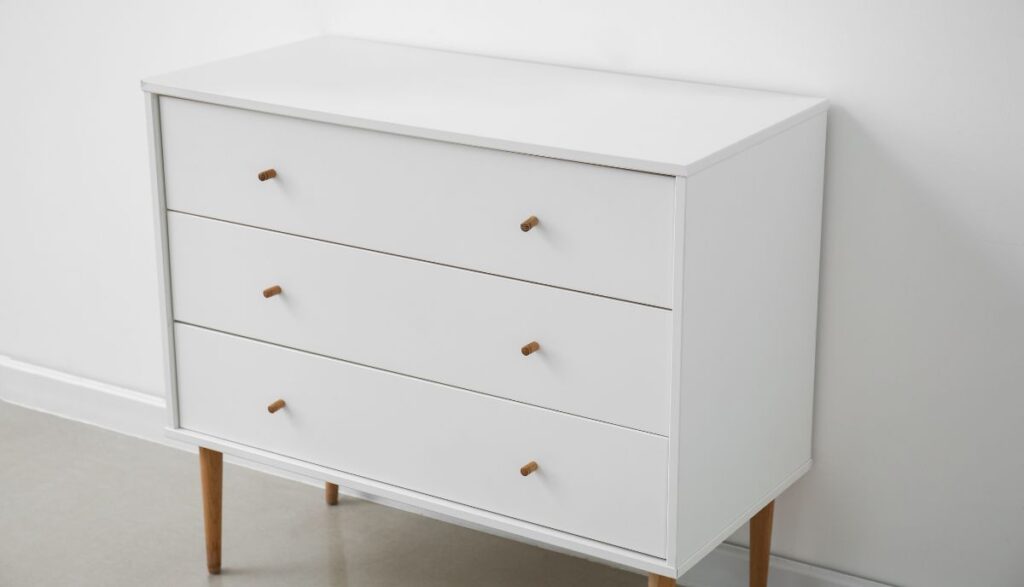
The storage chest is similar to a dresser. A weaker, lighter storage chest is dangerous because it may tip over. Heavy, stable storage chests have plenty of space at the top to hold the TV and drawers below to store peripheral devices.
Keep in mind that a storage chest is typically taller than the average TV stand. Whether this is an advantage or a detriment depends on your viewing angle and preferences.
4). Crates

Crates are probably the most precarious option on this list. But they stand out because you can stack them to any height that suits you—however, the material matters. Wooden crates can create a stable platform without ruining your home’s decor.
Some manufacturers sell TV stands that look like wooden crates because of their exotic appearance.
5). Cabinets
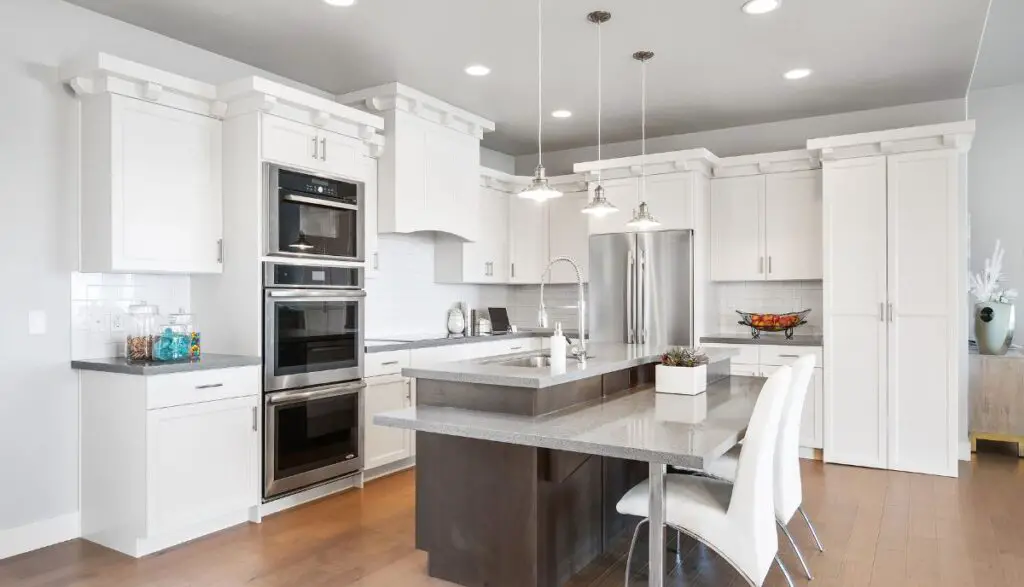
Many homeowners place small TVs in their kitchen cabinets. This allows them to enjoy their favorite programs while cooking or eating. Some people think overhead kitchen cabinets are frail. But AWA Kitchen Cabinets has quoted experts from the Kitchen Cabinet Manufacturers Association who associate kitchen cabinets with an average weight limit of 600 pounds (For the entire cabinet, not each shelf).
Don’t expect every manufacturer to meet that standard. The type of brace affects the weight limit. A robust kitchen cabinet is appealing because you can close the door to protect the TV from theft or damage. On the other hand, kitchen cabinets cannot hold large TVs.
If you want to make a wall mounted TV cabinet, Please check out the tutorial provided by Jen and Trent from Notinggrace. It is just amazing!
6). Table
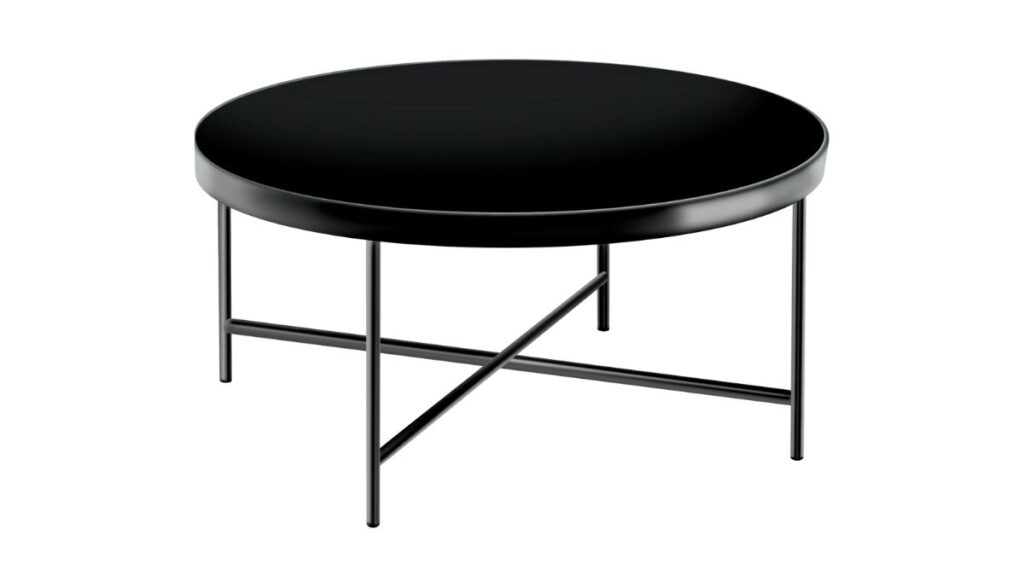
Any table with a stable construction and a wide surface area can accommodate your TV. Again, the weight and material of the table will shape its suitability. Like the bench, coffee tables are a challenge because they are short.
A console table is a better option. You find these items in hallways and entryways. They are narrow and tall enough to serve as decent TV stands.
7). Sideboard
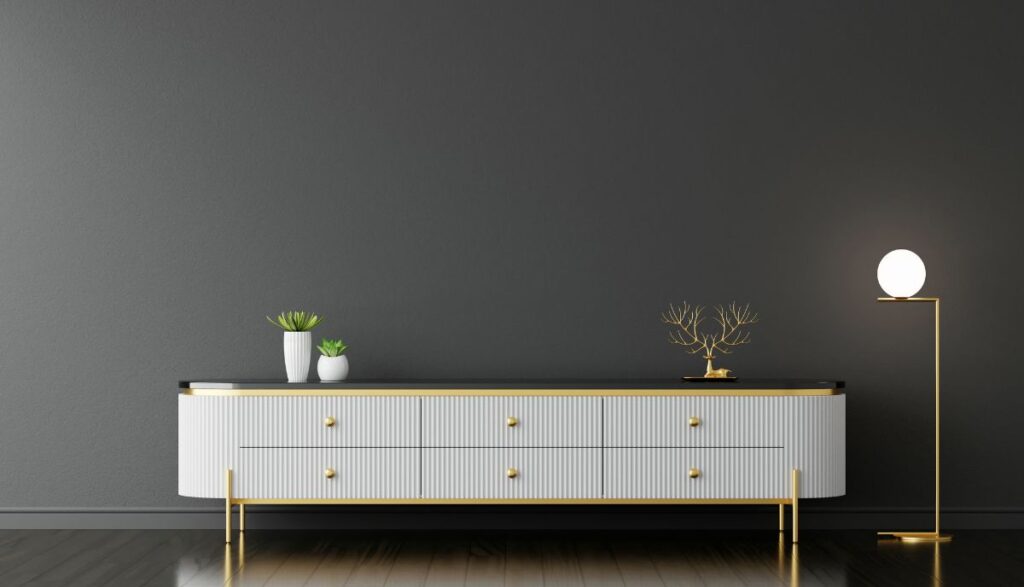
Some people call sideboards ‘Credenzas.’ Many homeowners use them to hold the good silverware. They have a flat, wide top capable of holding a TV, along with several cabinets and drawers below for other items.
What Considerations Should I Keep In Mind When Opting For An Alternative TV Display Method?
TV stand alternatives are convenient because any piece of furniture can act as a TV stand. Additionally, you can transfer the TV to a new location without moving the furniture holding it. For instance, you can take a TV from a storage chest in one room to a dresser in another room.
If you owned a conventional TV stand, you would spend several minutes, possibly even hours, disassembling and reassembling it. But that doesn’t necessarily make alternative TV stands superior to their conventional counterparts. The following considerations are vital:
1). Size
What is the size of your TV? As was noted above, you can’t fit a 32-inch flatscreen TV in an overhead kitchen cabinet. The TV’s size may limit your options.
2). Appearance
Surprisingly, the appearance works in your favor. A TV stand is a device you bring into the house to hold your TV. The TV stand’s appearance may clash with your home’s style. On the other hand, dressers, sideboards, storage chests, benches, and other pieces of furniture already exist in your home.
You accounted for them while designing your home’s look. In other words, you can use any of them as a TV stand without making alterations to your decor. This adds to the convenience of an alternative TV stand.
3). Weight
You should consider both the weight of the TV and the weight of the furniture. Cheap, lightweight furniture is a danger to your TV because it can tip over unexpectedly, even when you push it against a wall. Heavy tables and dressers are the safer option.
4). Height
Have you stopped to consider the height of the alternative TV stand? You want a table that keeps the TV at eye level or even above eye level. This is WG&R Furniture’s recommendation. They’ve also recommended a method for calculating the correct eye level for a TV stand.
Start by measuring the distance between the floor and the sightline of the average person in your home. Subtract half the TV’s height from that number to get the appropriate height for a TV stand.
How Can I Choose The Right Alternative To A TV Stand Based On My Room’s Layout And Design?
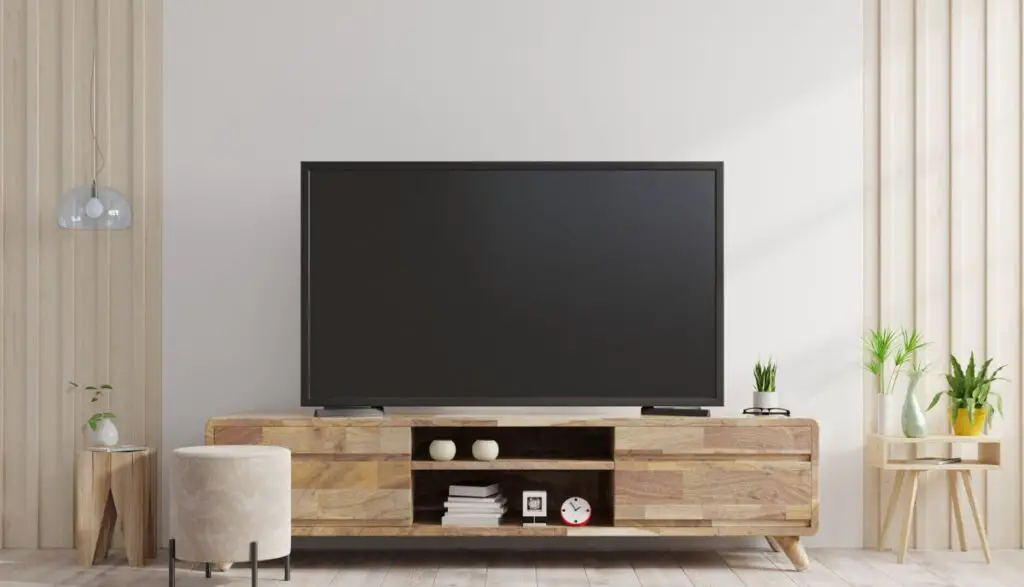
You choose a TV stand based on your TV’s measurements, not the room’s layout or design. The room’s layout affects the TV size. A massive TV in a small room is a bad idea. You can’t appreciate the image quality of a large 4K TV unless you increase the distance between you and the screen. This makes a giant screen less beneficial in a small room.
On the other hand, a small TV in a large room is useless. This Panasonic guide shows consumers the correct distance from the screen for each TV size and resolution. Once you select a TV whose size fits your room’s dimensions, take the following factors into account:
1). TV Measurements
This is the most critical consideration. Usually, the TV stand is two or three times wider than the TV (on either side). The only exceptions are fixtures that attach the TV to a wall. You can pair a small wall fixture with a much larger TV.
Conventional furniture is different. You need a dresser or table with a surface area wide enough to support the TV and a construction robust enough to withstand the TV’s weight. Flatscreen TVs range between 25 and 100 pounds.
2). Storage
A TV stand doesn’t stop at holding the TV. It also provides additional storage for various accessories, such as remotes and set-top boxes. This is why homeowners gravitate towards dressers, sideboards, and chests. They have shelves, drawers, and cabinets that provide additional storage. Storage doesn’t matter if you only need a TV stand alternative that holds the TV.
3). Cable
Many homeowners use the TV stand for cable management. In fact, some of them select TV stands based on their ability to create a tidy, clutter-free environment by hiding the power cords and wires.
If you care about cable management, a storage chest may appeal to you. Chests are usually large enough to obscure the cables. Although savvy homeowners have been known to tape cords and wires behind the legs of tables, making them more difficult to spot.
4). Skill Level
How much work are you willing to do? Some homeowners are skilled enough to modify existing furniture to create TV stands. They can remove the walls of a cabinet to create room for a bigger TV or add legs to a rickety table to make it stronger.
But if you don’t have the time or the skill, you will select a TV stand alternative that doesn’t require modification.
5). Style
Your preferences determine the alternatives you select, not to mention your home’s design. For instance, placing a modern TV on a rustic table may ruin the living room’s decor. As such, you may settle for a modern coffee table that matches the TV’s look.
What Are The Benefits Of Using A TV Stand Alternative In Terms Of Space And Aesthetics?
Have you ever stopped to wonder why some people use TV stand alternatives even though they can afford formal TV stands? The following benefits may explain that trend:
- TV stand alternatives are cheaper. You don’t have to spend money on a new piece of furniture.
- Alternatives save space. Buying a new TV stand means bringing a new piece of furniture into your home. This can make a cluttered living room or bedroom feel even more cramped. The superior option is to use a piece of furniture already in the room.
- You don’t have to redesign your living room to account for a new TV stand’s look or spend exorbitant sums on a TV stand that matches your home’s decor. Using a TV stand alternative means deploying a pre-existing piece of furniture that already matches your home’s decor.
- A TV stand alternative allows you to recycle furniture. For instance, instead of throwing an old dresser away, you can turn the item into a TV stand.

